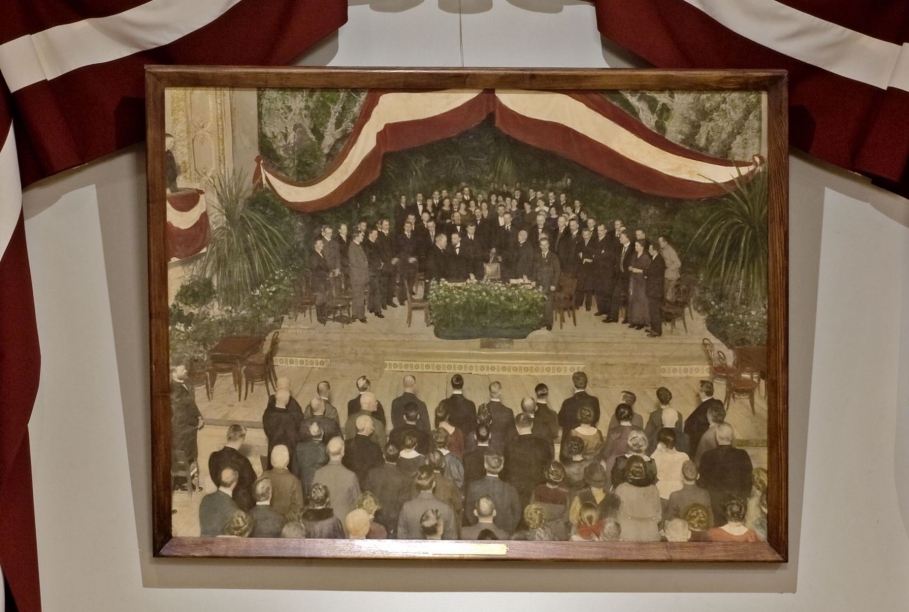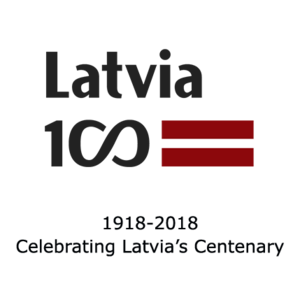Latvia’s independence day – a single step in a long journey
Just a single photo remains of Latvia’s November 18, 1918 independence declaration in the Latvian National Theatre building – and this testifies to the fact that it was but a single step in the country’s struggle to survive.
Latvian politicians started raising the prospect of an independent country in 1917. To be sure, there were squabbles – who wouldn’t want the honor of having brought a new state to being?
One of the contestants was the so-called Democratic bloc, a Rīga-based union of parties. The second was the Latvian Provisional National Council, established in Valka mostly by delegates of local governments, the land councils.
The National Council declared itself the only true representative of the will of the people and Latvia an autonomous, individual state entity.
The National Council did not demand Latvia’s independence yet. First of all, it did not control the Latvian territory and was de facto an underground organization mostly active in Petrograd (current St. Petersburg). The German army ruled over Courland and Rīga, while Vidzeme and Latgale was in the hands of the Bolsheviks.
Secondly, the council thought only an elected parliament could decide the fate of Latvia, namely whether it is to become independent or remain with a foreign power.
The situation changed in 1918. Lenin’s Russia withdrew from the war, and the Baltics, with the exception of the Latgale cultural region, were given to Germany.
The land-owning elite (mostly Baltic Germans) proclaimed a client state, the Duchy of Courland and Semigallia, offering the throne to the German Kaiser Wilhelm II. Later, including Vidzeme and Estonia, it became the Baltic Duchy, an abomination which Wilhelm II declared a “free and independent state”.
The Latvians grasped that they could not become caught up with either the Germans and Russians; and that they must swiftly declare independence and seek support among Western allies.
 Facebook
Facebook






